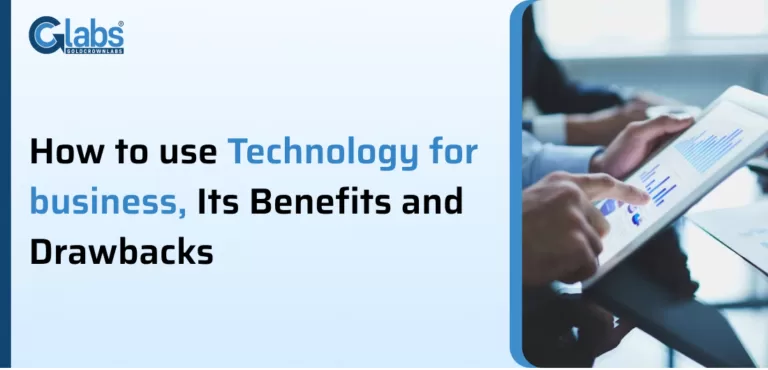This year, non-fungible tokens (NFTs) appear to have exploded out of the Ether. From art and music to tacos and toilet paper, these digital assets are as valuable as 17th-century exotic Dutch tulips, fetching millions of dollars in some cases
However, are NFTs worth the money—or the hype? Some experts believe they are a bubble that will burst, similar to the dot-com craze or the Beanie Babies craze. Others believe that NFTs are here to stay and will forever change investing.
Table of Contents
ToggleWhat Exactly Is an Non-Fungible Tokens?
An NFT is a digital asset representing physical objects such as art, music, in-game items, and videos. They are purchased and sold online, frequently with cryptocurrency, and are typically encoded with the same underlying software as many cryptos. Despite the fact that they have been around since 2014, Non-Fungible Tokens are gaining popularity as a popular way to buy and sell digital artwork. Since November 2017, a whopping $174 million has been spent on NFTs.
THE ASSET INTERNET
Non-Fungible Tokens and Ethereum address some of the issues that plague the internet today. As everything becomes more digital, there is a greater need to replicate physical properties such as scarcity, uniqueness, and proof of ownership. Not to mention that digital items frequently only function within the context of their product. For example, you cannot resell an iTunes mp3 that you have purchased, nor can you exchange one company’s loyalty points for a credit on another platform, even if there is a market for it.
An Non-Fungible Tokens Internet
- Non-Fungible Tokens are digitally distinct. No two NFTs are alike.
- Every NFT must have an owner, and this information is public and easily verifiable.
- Non-Fungible Tokens are compatible with any Ethereum-based product. An NFT ticket for an event can be exchanged for a completely different NFT on any Ethereum marketplace. You could exchange a work of art for a ticket.
4. Content creators have access to a global market and can sell their work anywhere.
5. Content creators have access to a global market and can sell their work anywhere.
6. Items can be used in unexpected ways. You can, for example, use digital artwork as collateral in a decentralised loan.
The Internet Today
- A duplicate of a file, such as.mp3 or.jpg, is identical to the original.
- A duplicate of a file, such as.mp3 or.jpg, is identical to the original.
- Companies that sell digital products must invest in infrastructure. For example, an app that sells digital event tickets would need to create its ticket exchange.
- Creators rely on the platforms’ infrastructure and distribution. These are frequently subject to usage restrictions and geographical limitations.
- Platforms, such as music streaming services, keep most sales profits.
What is the Difference Between an Non-Fungible Tokens and a Cryptocurrency?
How Does an NFT Operate?
- Art
- GIFs
- Videos and sports highlights
- Collectables
- Virtual avatars and video game skins
- Designer sneakers
- Music
NFTs are digital collector’s items, similar to physical collector’s items. However, the buyer receives a digital file instead of receiving an actual oil painting to hang on the wall. They will also have sole ownership rights. That’s correct: NFTs can only have one owner at a time. The unique data of NFTs makes it possible to verify ownership and transfer tokens between owners. They can also store specific information by the owner or creator. Artists, for example, can sign their work by including their signature in the metadata of an NFT.
WHAT IS THE PURPOSE OF NON-FUNGIBLE TOKENS?
HOW DO I PURCHASE NON-FUNGIBLE TOKENS?
Popular NFT Exchanges
- OpenSea.io: OpenSea.io is a peer-to-peer platform that sells “rare digital items and collectibles.” To get started, create an account and browse NFT collections. You can also sort pieces based on sales volume to find new artists.
- Rarible: Rarible, like OpenSea, is a democratic, open marketplace where artists and creators can issue and sell NFTs. Furthermore, RARI tokens issued on the platform allow holders to vote on features such as fees and community rules.
- Foundation: To post their art here, artists must receive “upvotes” or an invitation from other creators. Because of the community’s exclusivity and high cost of entry—artists must also purchase “gas” to mint NFTs—it may have higher-quality artwork. For example, Chris Torres, the creator of Nyan Cat, sold the NFT on the Foundation platform. On the other hand, it may mean higher prices, which isn’t necessarily bad for artists and collectors looking to profit, assuming that demand for NFTs remains stable or even rises over time.
SHOULD YOU INVEST IN NFTS?
- Do your research.
- Understand the risks—including that you might lose all of your investing dollars—and if you decide to take the plunge.
- Proceed with a healthy dose of caution.



